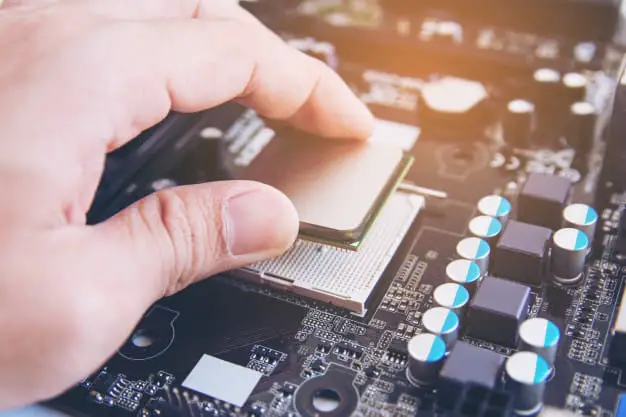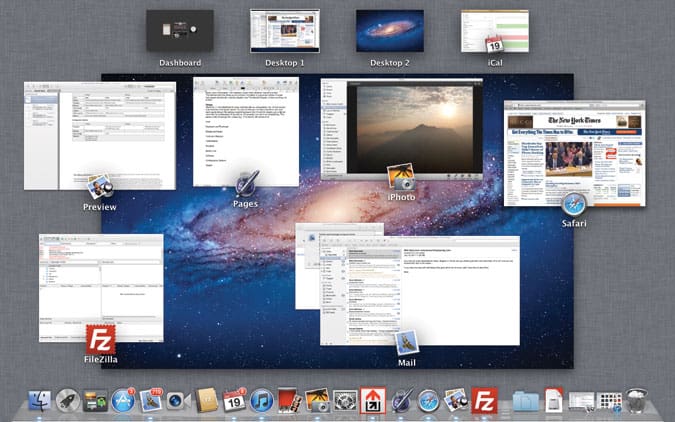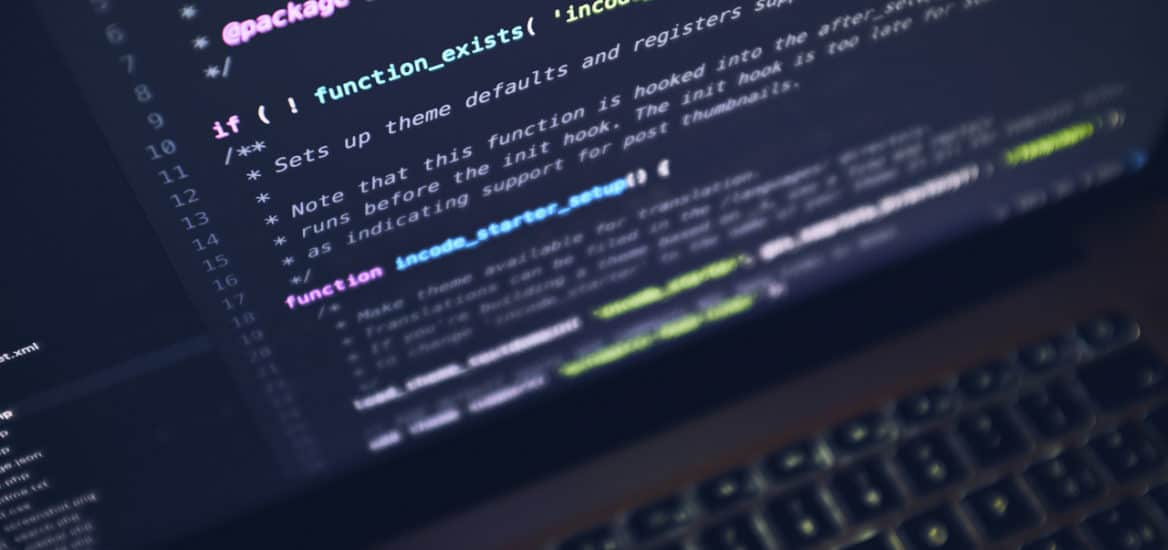Table of Contents
*This post may contain affiliate links. As an Amazon Associate we earn from qualifying purchases.

Working in a high-level language like C# or Java shields, programmers form many tasks that are necessary for computers to execute the commands they receive correctly. Hardware designers have built specific functions into microprocessors that directly affect the way that software development has evolved. One such aspect of chip design is the inclusion of particular purpose memory areas known as the stack and the stack pointer.
The stack stores information in a specific order within the microprocessor chip, and the stack pointer acts as a quick method for a program to access the stored data. The stack pointer holds the address of the data so a program can momentarily leave a set of instructions and return to it when needed. This function is convenient, and in fact entirely necessary, for programmers to have the ability to write advanced programs that can execute quickly and accurately.
Grasping How the Stack Pointer Works

Imagine for a moment a container that has one opening in which to put items in and take them out again. Within the container’s bottom is a spring that holds the items you place in it near the opening at the top. When you put items in the container, existing items move down as the new ones occupy their space at the top. Now, visualize each item in the container as having a unique sequential number that is assigned on entry and stays with the item. So, for instance, if you wanted to retrieve the item with the number three, you would have to remove items one and two before you had access to it. This description is a simplified version of how the stack and stack pointer operate.
Storing and Retrieving in the Digital World

Of course, in reality, there are no spring-loaded containers within the computer chips on your motherboard. Lying within the microscopic traces of your computer’s CPU are tiny areas of digital storage known as registers. The stack is just a block of memory, or register, designed into the chip as a holding area for data. The data is loaded similarly to the imaginary container in that the last piece of data placed in is the first one removed. This particular way of placing the data in the digital container is known as Last In First Out or LIFO.
PUSHing and POPping the Stored Data

In the example above, you physically added and removed the items stored in the container one-by-one. In the digital world, the data is added and removed from the stack with the use of two commands: PUSH and POP. When the program executes a PUSH command, it adds a new piece of data to the stack, and all the existing data is ?pushed? down one place. A POP command removes the data on top of the stack, and all the data pieces move up by one step.
Using the Stack Pointer to Move Data

The stack has the same structure as any other memory array in computer architecture. The only difference is that the stack is set aside for the exclusive purpose of temporarily storing and retrieving data that helps programs to run more efficiently. Like any other array in computer memory, you use a pointer to record and hold the location of the ?top? or accessible part of the stack.
By adding to and subtracting from the value of the stack pointer each time a PUSH and POP command executes, the position of the ?top? of the stack is available to the program at all times. In this way, the program does not have to move the data in the stack, but it only has to update the stack pointer to indicate which piece of data is available at any given time.
Putting the Stack Pointer to Work
Now that you hopefully understand the basic operation of the stack pointer, you may be wondering exactly how it is used by programs to accomplish anything useful. Many experts have asserted over the years that the stack architecture is one of the most important aspects of hardware design. With this structure, programmers can do some rather interesting things.
Altering User Perception With Subroutines

Consider for a moment that most computer programs can multitask to some degree. The ability for a program to accomplish two or more tasks simultaneously is a bit of sleight of hand. What happens is that the program slips in and out, or branches, to run nested programs within the main program known as subroutines.
By running, entering and exiting subroutines at a high rate of speed, the user perceives that the computer is executing multiple tasks at the same time. The computer can start a subroutine, allow it to be interrupted by another subroutine or the main program, and then start it again when needed. Each time the program starts a new subroutine, it must create a new workspace so that multiple tasks do not interfere with each other.
Accomplishing Multiple Tasks With LIFO

With its LIFO setup, the stack and stack pointer work together to store and quickly access the return address of each subroutine. The incrementing of the stack pointer stores the address of the next instruction for the program to execute. The program goes into the necessary subroutine, executes it to the point of termination or interruption, and then knows exactly the point at which to pick up again by accessing the data indicated by the stack pointer position.
Nested frames created on the stack allow subroutines to be called, stopped, recalled and branched to other functions based on user input or computational results. Using the stack pointer allows the computer to keep up with all this activity and switch from one task to another at a rate of speed that seems almost instantaneous to the human mind.
Using the Stack Pointer While Programming

In most programming languages except for assembly language, the compiler handles the PUSH and POP functions. The programmer can execute multiple subroutines with commands that are resident in the programming language without having to get too involved with the hardware details of how it operates.
Grabbing the Reins to Control Hardware
In some cases, the programmer may want to take control of the hardware and dictate how the registers load and reference data on the stack. For example, in a specialized application, the programmer may need a level of speed and control that requires writing directly to hardware registers to manipulate the data.
For most implementations, however, the handling of low-level tasks are probably best left to the machine’s hardware. Exceptions to this rule include instances when regular housekeeping chores of the operating system might interrupt a program when the timing is unusually critical. In this type of situation, the programmer may be forced to take control of all possible interruptions by executing low-level commands. The programmer should exercise extreme caution in this type of situation since inadvertently overwriting data in hardware registers could cause unpredictable results.
Controlling the Stack Pointer With Ordinary Programming

Everyday tasks that software designers do through the programming language do affect the stack and stack pointer. For example, when you declare local variables in a function, the values are stored on the stack. When you call another function, the return address is stored on the stack so the program can get back to the point it left off and continue running the program.
In summary, the programmer can affect the stack in several ways, including:
-
Directly manipulating the stack pointer register
-
Executing subroutines, returns and branching commands
-
Utilizing interrupt calls at specified times
-
Using code to PUSH and POP data on and off the stack register
Putting it All Together
Taking the time to learn about how computers operate can help most programmers improve their ability to excel in their field. Getting the most out of the computer hardware is one of the fundamental skills that programmers should master.Many software developers reject the notion that they need to study or understand hardware. They believe that their knowledge of programming methods and languages is enough to carry them forward in the creation of programs that do what they want them to.

